Why Paint It Black, White, or Gray, When So Many Options Exist?
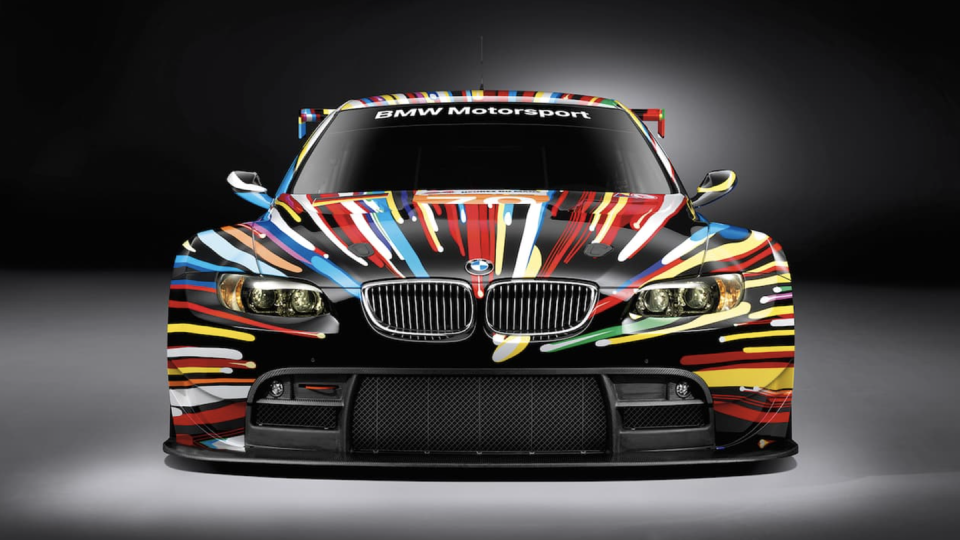
Back in the 60’s and 70’s when Detroit still did annual model changes, I would look forward to the fall when the new models were announced, and the excitement of seeing them on the street for the first time.
I recall spotting one of these at the end of the block, where it was too far away to identify what make or model it was. But I knew it was next year’s car because it was a color I had not seen before.
Back in 1968—to pick a year—when people still ordered their cars, if you were in the market for, say, a Chevrolet Impala, you had a choice of 15 exterior colors, plus two-tones if you wanted a separate roof color.
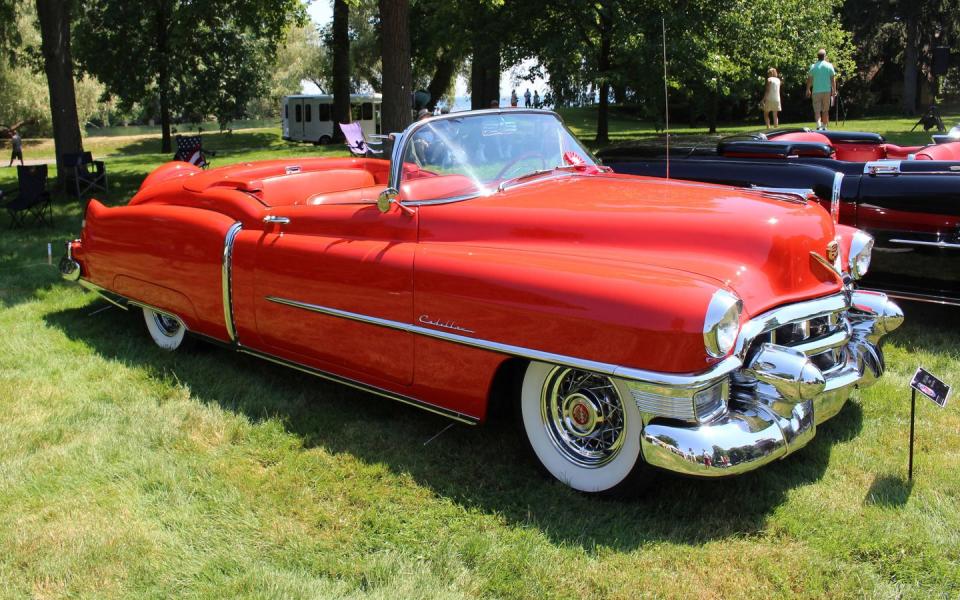
On the interior, your choices were six colors in vinyl, or four in cloth. If you were fortunate enough to be shopping for a Cadillac, you had the choice of 21 exterior colors, and on a De Ville you had two cloth and leather options each in eight colors plus an all-leather interior in up to eleven colors for the convertible.
Today if you want a Chevrolet Malibu, you have six exterior and two interior color choices. But if you go for broke and order a $116,000 Cadillac Escalade Premium Luxury Platinum you can choose from...eh...six exterior and three interior colors.
Clearly, choices aren’t what they use be, seemingly regardless of price, and GM isn’t the only domestic manufacturer that has reduced its palate options.
Luxury European brands offer more exterior color choices. Some, like Porsche, even offer a paint-to-sample option. But you will pay (dearly) for the privilege.
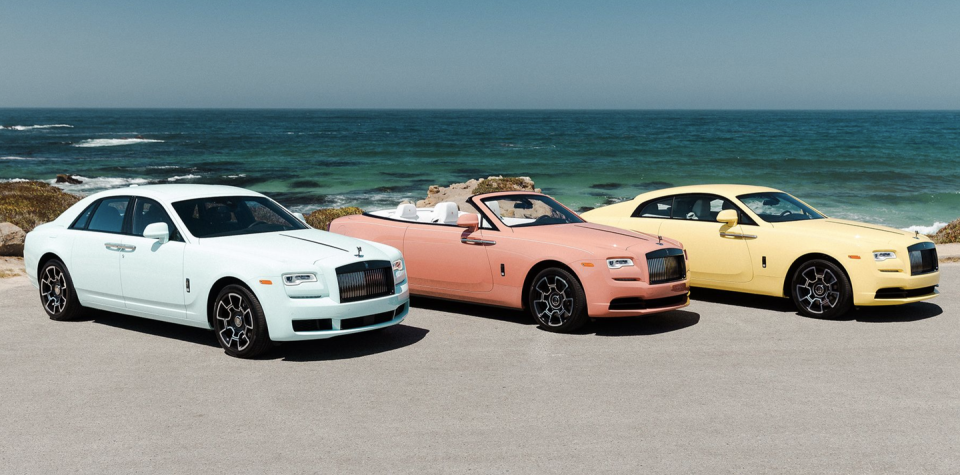
Perhaps the reason for this dramatic reduction in color offerings is that close to 80% of new vehicles sold in this country are either black, gray, or white, or a variation thereof, and this has been true for some time.
But there are other considerations besides personal preference that may be impacting these numbers. Today, unlike 1968, most people will choose a vehicle already in stock.
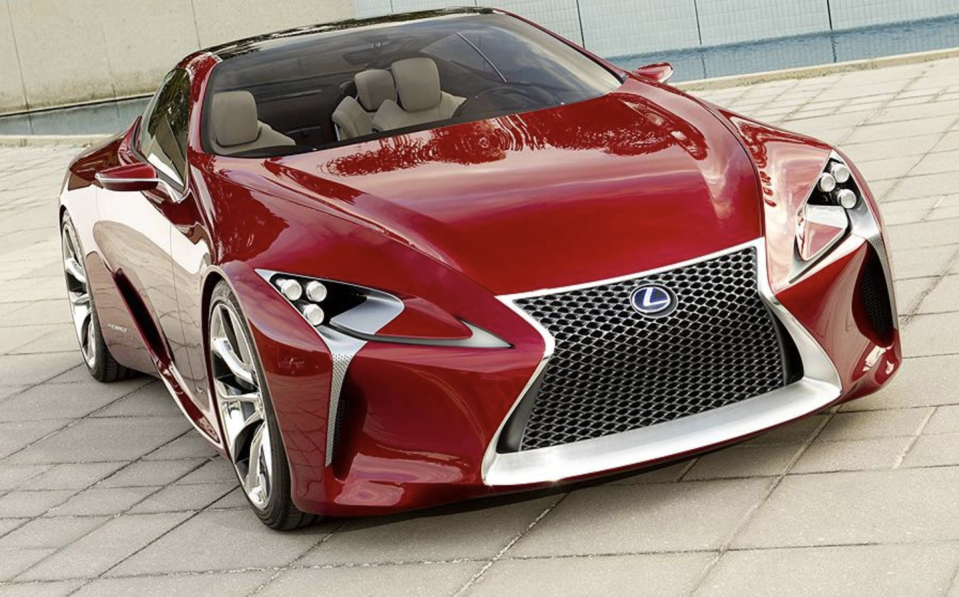
Today’s dealers therefore maintain larger inventories and obviously order what they can most easily sell—painted black, gray, or white—and this in turn tends to reinforce what people will buy.
So, a car in a new color may entice some buyers, but there’ll be fewer of them with the risk to the dealer of the car sitting on the lot.
And some of those buyers, who may actually prefer the chartreuse-green beauty sitting all by itself on the lot, may also be considering resale when making a color selection, where an odd or unusual color will impact the value of the vehicle.
Also, consider manufacturing. In 1968 somebody with a paint gun painted your car, and it was relatively easy to change out from one color to another.
Today’s paint lines require massive investments, and robots spraying from large vats of paint are more efficient than the past, but less flexible. The number of paint lines installed within a vehicle assembly plant will determine the number of colors they can handle.
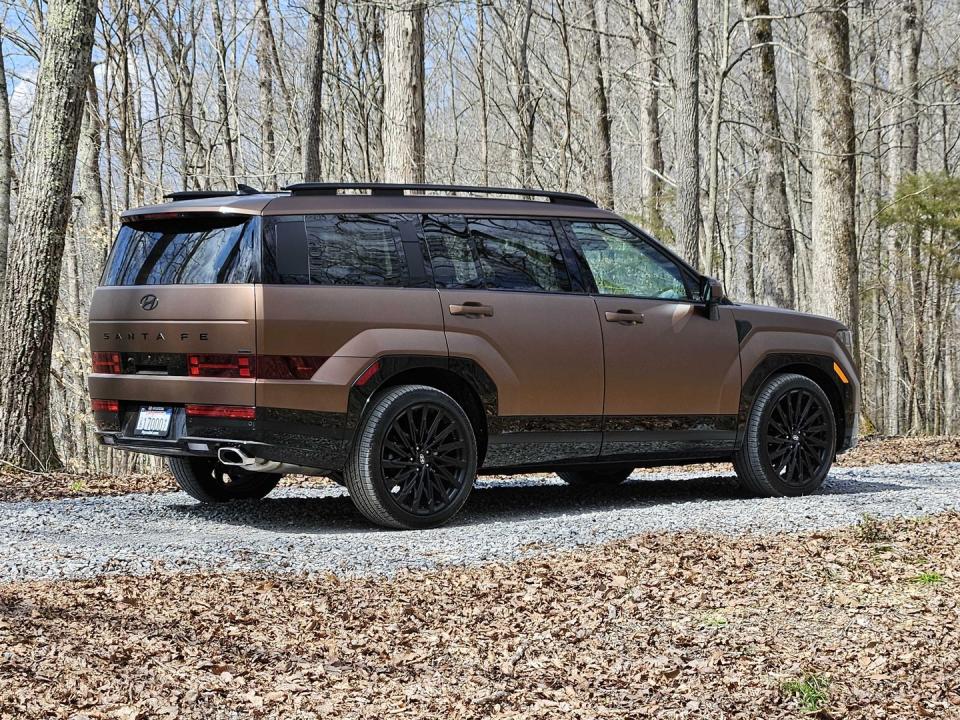
It’s also been suggested that the general economy and public confidence impact color selection. Look back at the color of vehicles of the 1920’s and 1950’s, during economic expansion in this country, and you might see a correlation.
Whatever the reason, we’ve come a long way since metallics and solids were the only choice. And, in a way, there have never been more options available with regard to paint jobs.
New paint technologies have progressed beyond just having metalflake suspended in a base, with mediums that include micas, ceramic (pearls), and glass bead to name a few.
And while finishes appear to have a higher gloss today thanks to the almost universal adaptation of two-stage finishes (color coat, clear coat), with some manufacturers you can also opt for less gloss in the form of the currently trendy satin or semi-flat finishes.
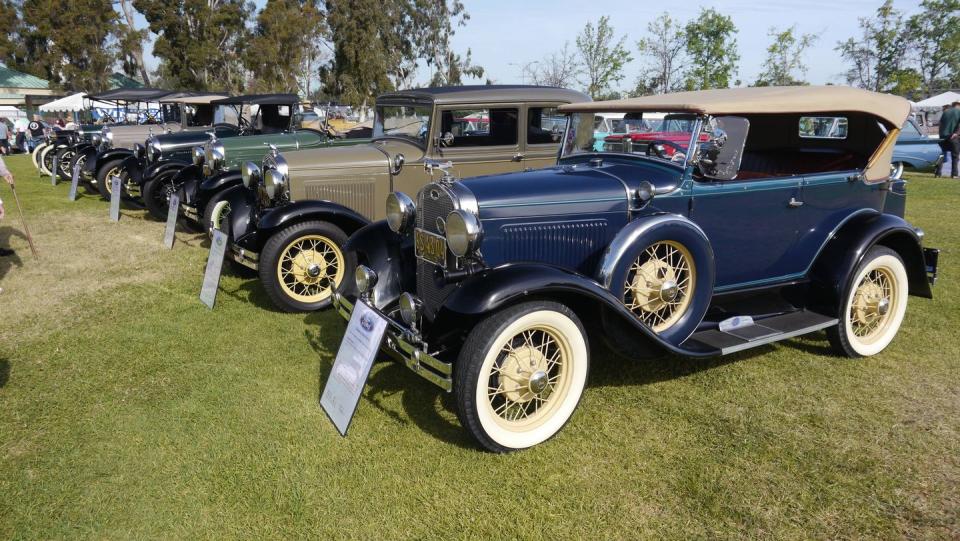
Henry Ford once famously said about the Model T that you could have it in any color so long as it was black, but in the 1920s he had to swallow those words when the competition offered color, and Ford was forced to follow suit.
Even then, the industry realized the importance of color, and that the lack of it could prove a competitive disadvantage.

Today, manufacturers spend millions on color forecasts, color development, and validation in an effort to stay on top of trends and catch the public’s eye. An intriguing new color can freshen a current design as much as a simple facelift, and maybe for most people be more obviously different, at much less cost.
But take heart, for as spring approaches we’re seeing the industry introduce more vivid and saturated colors as well as the current popularity of pastels, so there may be signs of hope—especially welcome as the winter grays slowly subside.
Dave Rand (pictured right) is the former executive director of Global Advanced Design for General Motors.

 Yahoo Autos
Yahoo Autos 